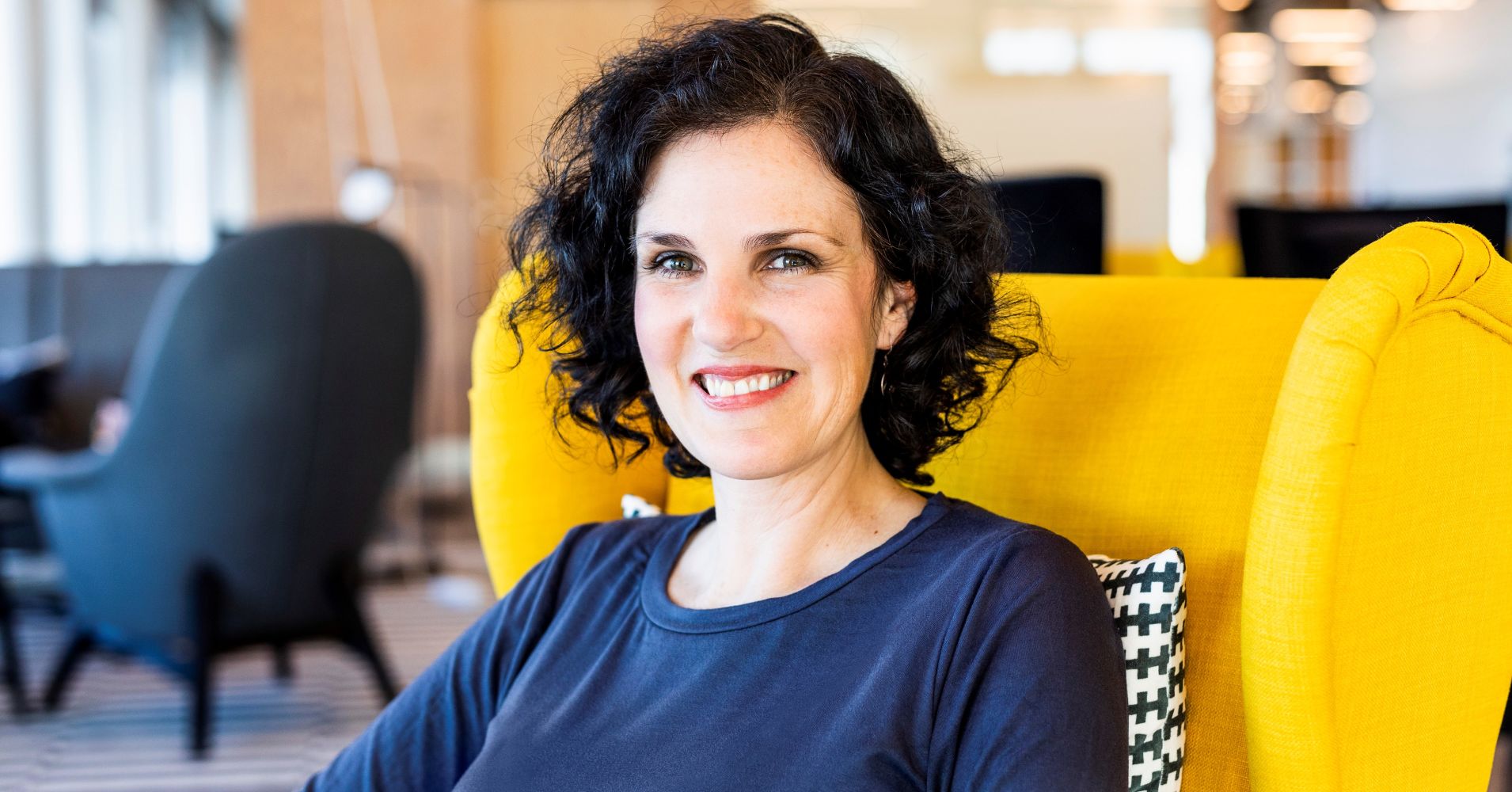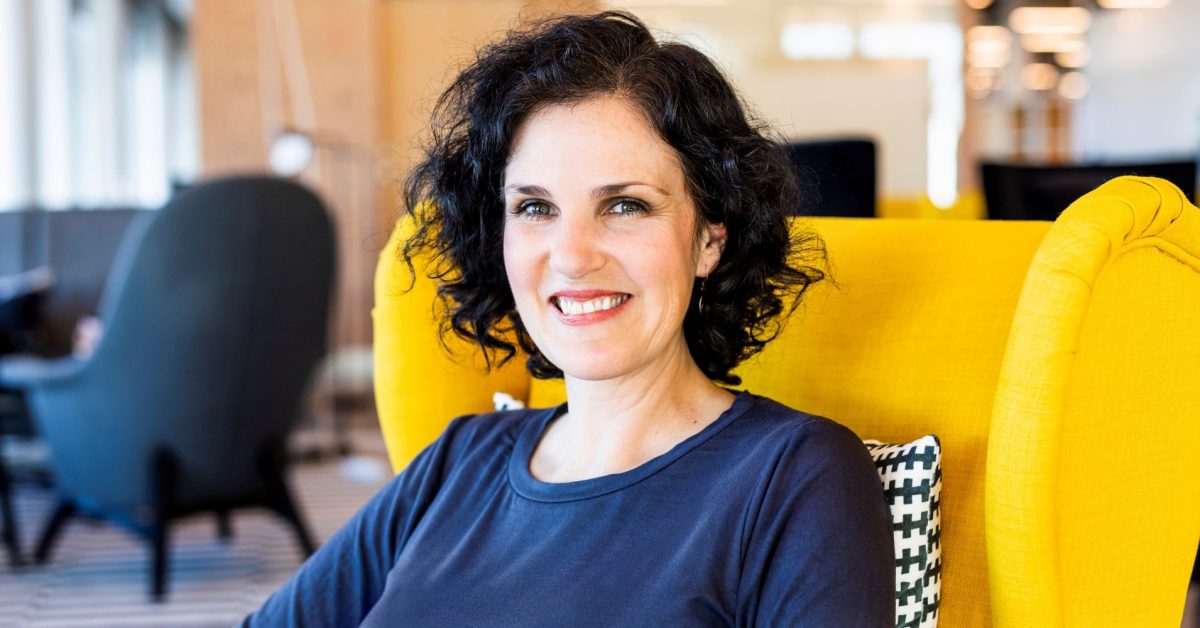
Around the same time as Barbara Martin Coppola joined Ikea Group as its Chief Digital Officer in April 2018, the company announced a transformation of its business model. The world’s largest furniture retailer was facing a problem: it hadn’t been keeping up with the digital world.
Customers were no longer completely happy to drive to its out-of-town stores to buy flat-pack furniture, and it was at a point where it was “less business as usual than we have experienced in the past,” chief executive Jesper Brodin told the FT in April 2018. Brodin revealed plans to transform Ikea into a “multi-channel” brand, where people could shop online and in city-centers as well as in big-box stores, as part of a strategy shift running from 2019 to 2021. Almost 10 percent of Ikea sales are online, Brodin told CNBC in January.
Martin Coppola is tasked with leading the digital transformation of Ikea, with a brief from Brodin to “change everything almost.”
“It’s a huge revamp with a lot of ambition and dreams to get the values and feeling of Ikea to be solved in a digital way. And to also create this, what I call the ‘phygital’ new world, so you’ve got physical and digital … and to be creating really magical new experiences,” she told CNBC by phone. Her team manages Ikea’s website, in-store digital initiatives and all the technology the company uses, such as for supply chains, data and marketing.
One of Martin Coppola’s major projects for 2019 is to launch an e-commerce app that will incorporate elements such as Place, an augmented reality (AR) function that visualizes how a piece of furniture will fit in someone’s home. It will also provide personal recommendations based on the information it has on each customer, and, of course, shoppers can then click to buy the products. Ikea did not provide an exact launch date for the app but a spokesperson said it will come to “selected markets” this year.
“Imagine you want to furnish your living room and we know … your taste and (the) dimensions then we can, through digital tools, help you with the design of that space so that it becomes a lot easier to furnish, to decorate, to understand the different sides (of the room), all from the couch of your home,” Martin Coppola said.
But what of the threat of Amazon and other e-commerce giants? “Amazon is a threat (undeniably), in markets such as the U.S.,” Martin Coppola told CNBC. “There’s different actors in different countries, in China, Alibaba. In Europe, we haven’t seen much threat. It’s (about) thinking, what is that new retail world going to be? So, there is an interesting movement of tech companies becoming physical and physical companies going digital. And that intersection, that ‘phygital’ world is still to be defined,” she said.
Martin Coppola, who trained as an engineer and spent time at Texas Instruments, Samsung and GrubHub as well as a seven-year stint in marketing at Google and YouTube, said she is bringing her 20 years’ experience in tech to Ikea. “I come from that world. I know it really, really well. I know the power of good engineering, artificial intelligence and the speed of testing constantly in order to get it right. And so any company I would say that wants to compete needs to be at the same level of speed and testing (as the tech companies) to serve the customers in the best possible way.”
Ikea is investing in “personalization at scale,” allowing it to send precisely-targeted communications to people based on what they are doing online. “When people buy a bed, they actually spend two weeks researching online. So there is a lot of information that we gather so that we can actually be relevant to the person wanting to buy a bed in those two weeks,” Martin Coppola said.
As well as initiatives such as a trial to lease furniture as part of a “scalable subscription” service, the company is looking at putting “recovery” teams in Swiss stores, people who will repair damaged products, as well as selling spare parts. It also has a project called “Second Life,” where customers can sell used Ikea furniture back to the store, after getting a quote for it online. A Hemnes chest of three drawers showing minimal wear and tear might get 76 Swiss francs ($76), for example, while the same piece of furniture is currently listed at 149 Swiss francs when bought new.
“There is a lot of experimentation and understanding how people react to these different new possibilities, all with, at the heart, having a more sustainable way of operating our goods around the world,” Martin Coppola said.
She encourages her teams to spend a proportion of their time on experiments, a tactic adopted by tech companies such as Google. She calls it “entrepreneurship in an organized way.”
“The important thing is to bring a minimal viable product to the market (that) we can test with consumers and see if they relate in a positive way,” she said. In China, one of her colleagues created a digital tool to help people see the various configurations of its Pax-branded wardrobes and then easily order the elements they needed, and it is now being tested in other countries.
A focus on better serving customers will help Ikea be fit for the future, Martin Coppola, said. “I think the innovation and the customer focus and who’s going to be serving the customer better in a in a magical way and in a convenient way is still up there … So yes, I think do not underestimate the players such as Amazon but I think there is a lot to invent and innovate that has not been done before.”

